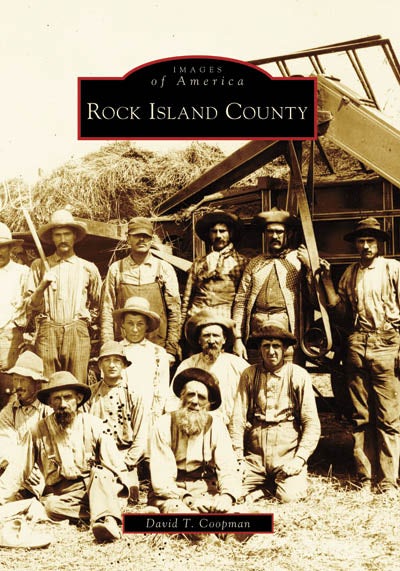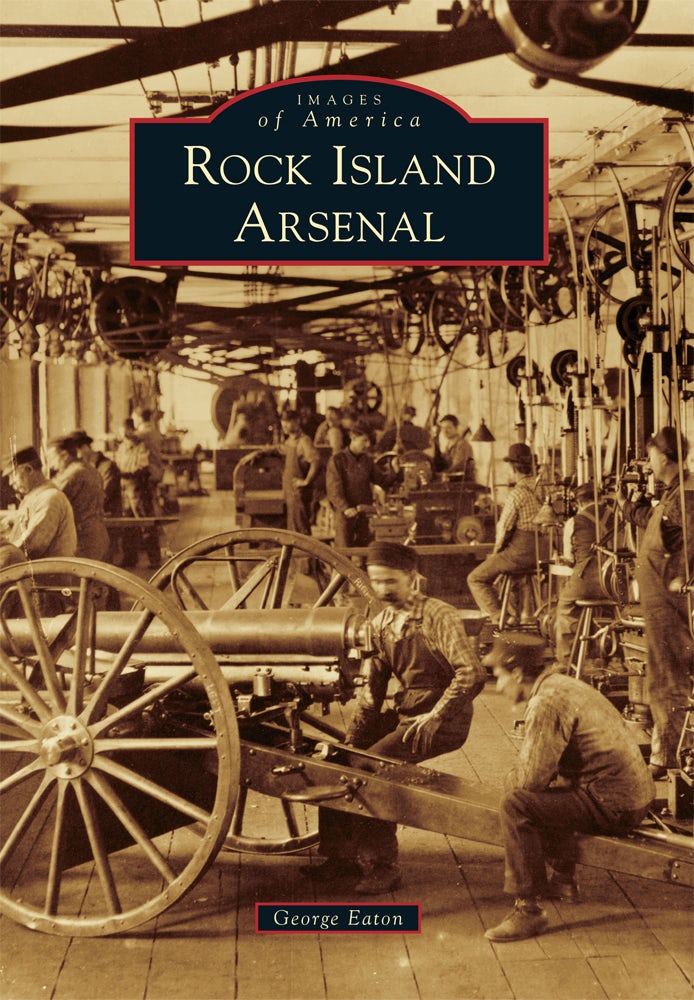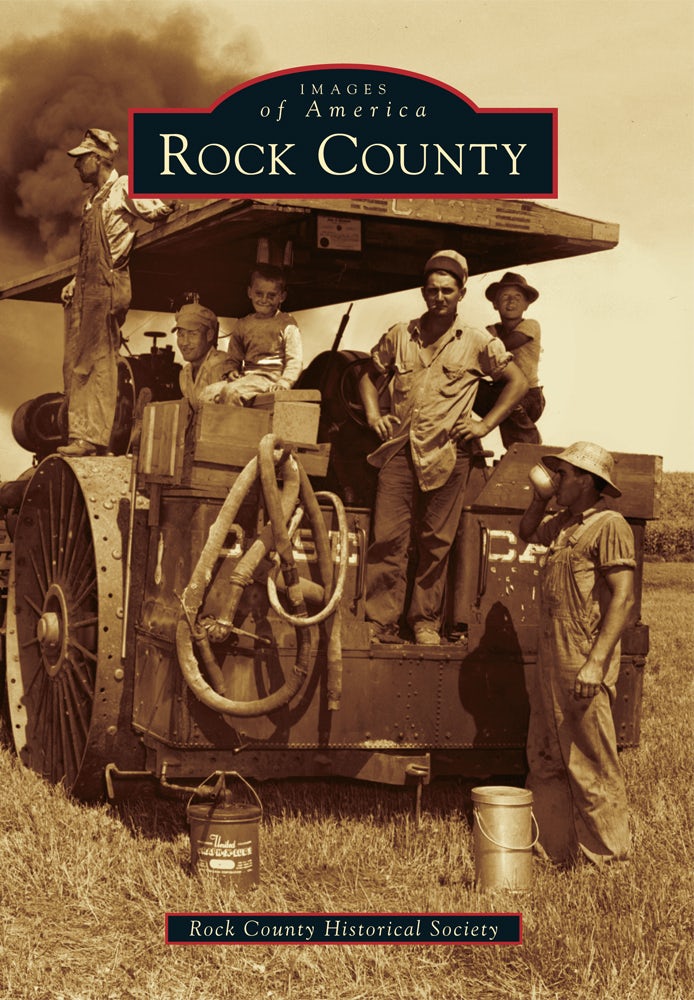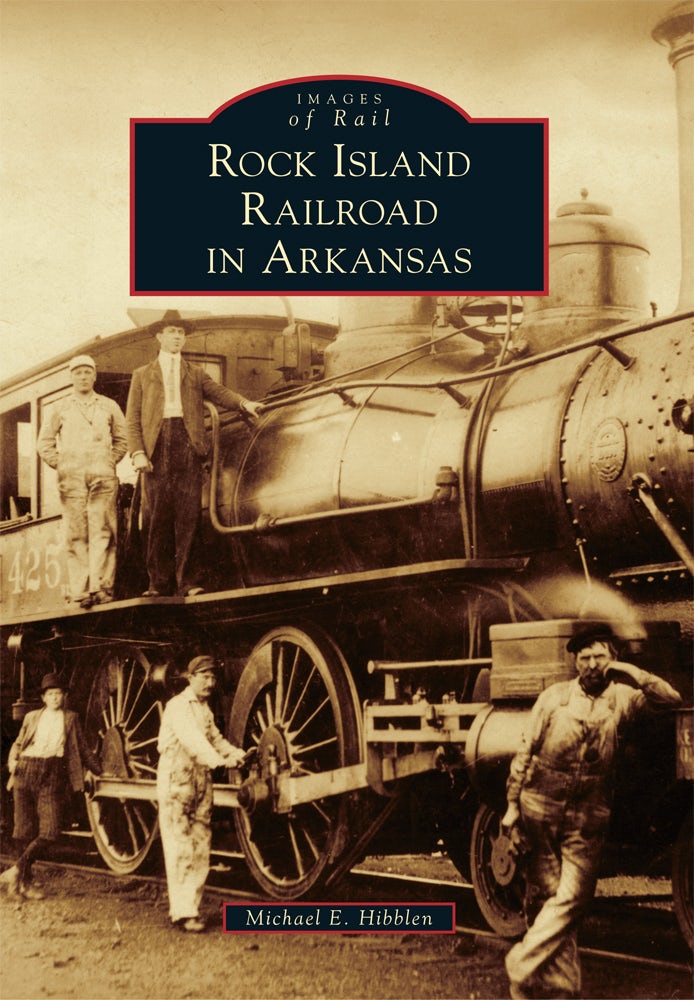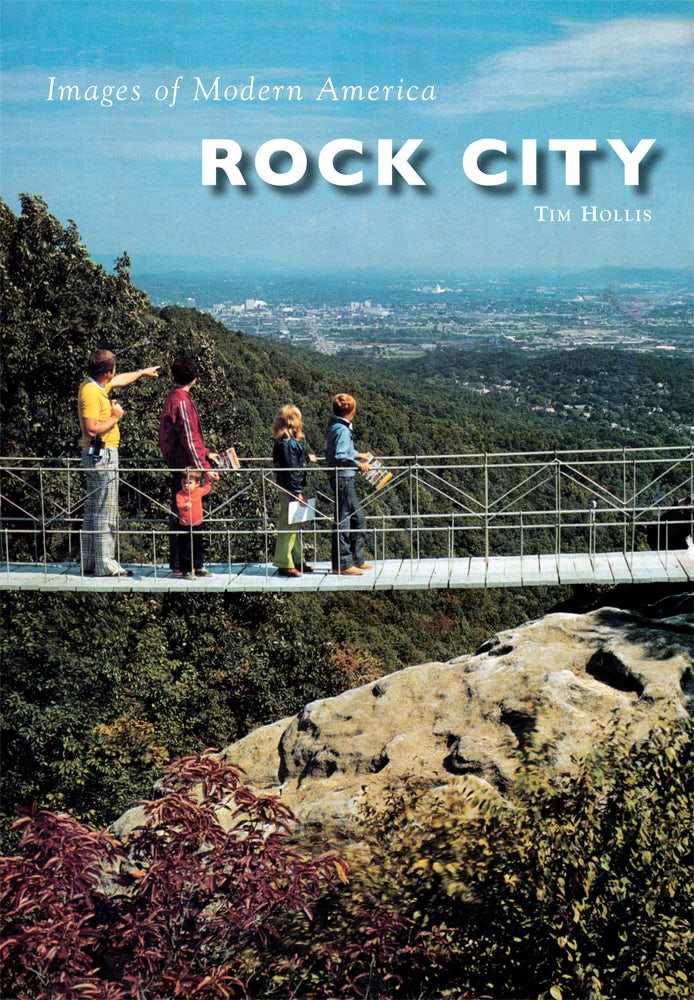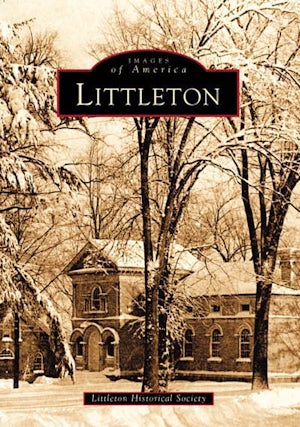

Through vintage photographs, many never before published, Littleton connects the current generations with the town's past. Vintage photographs of homes that have changed in appearance or have been destroyed for expansion recall a time of farmhouses and open fields. The book also follows the growth of Littleton, including the emergence of the Conant-Houghton Company and the depot area, as well as the Long Lake and Lake Warren resorts.
- Pages: 128
- Publisher: Arcadia Publishing Inc.
- Imprint: Arcadia Publishing
- Series: Images of America
- Publication Date: 10th September 2002
- State: Massachusetts
- Illustration Note: Black and White
- ISBN: 9780738510637
- Format: Paperback
- BISACs:
HISTORY / United States / State & Local / New England (CT, MA, ME, NH, RI, VT)
PHOTOGRAPHY / Subjects & Themes / Historical
TRAVEL / Pictorials (see also PHOTOGRAPHY / Subjects & Themes / Regional)
PHOTOGRAPHY / Subjects & Themes / Regional (see also TRAVEL / Pictorials)
Through vintage photographs, many never before published, Littleton connects the current generations with the town's past. Vintage photographs of homes that have changed in appearance or have been destroyed for expansion recall a time of farmhouses and open fields. The book also follows the growth of Littleton, including the emergence of the Conant-Houghton Company and the depot area, as well as the Long Lake and Lake Warren resorts.
- Pages: 128
- Publisher: Arcadia Publishing Inc.
- Imprint: Arcadia Publishing
- Series: Images of America
- Publication Date: 10th September 2002
- State: Massachusetts
- Illustrations Note: Black and White
- ISBN: 9780738510637
- Format: Paperback
- BISACs:
HISTORY / United States / State & Local / New England (CT, MA, ME, NH, RI, VT)
PHOTOGRAPHY / Subjects & Themes / Historical
TRAVEL / Pictorials (see also PHOTOGRAPHY / Subjects & Themes / Regional)
PHOTOGRAPHY / Subjects & Themes / Regional (see also TRAVEL / Pictorials)


